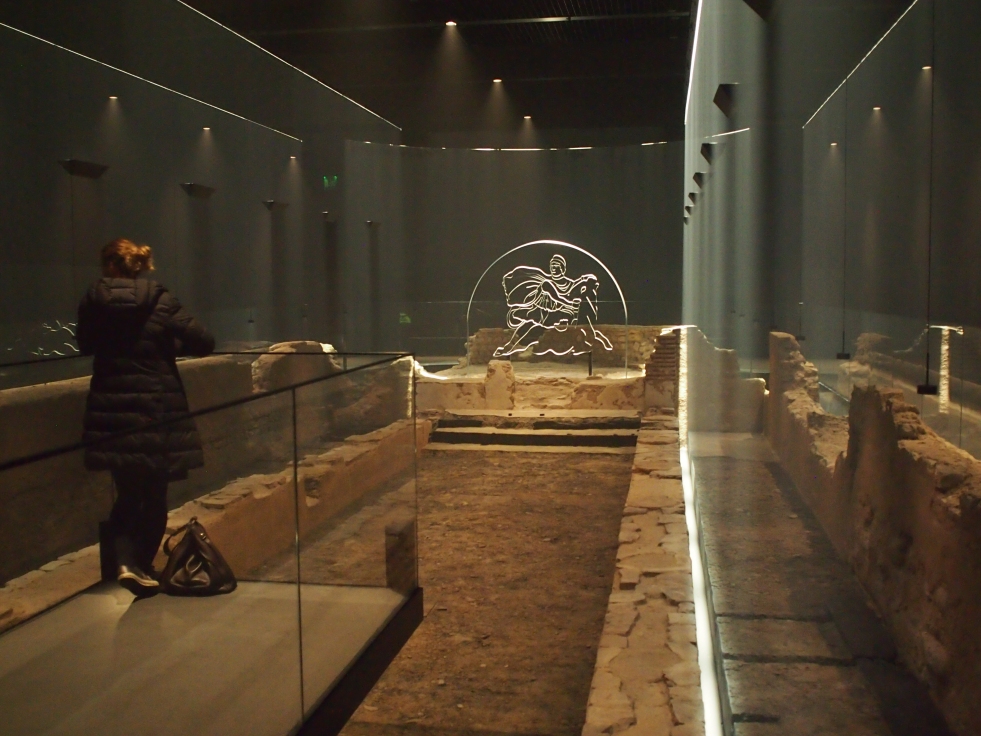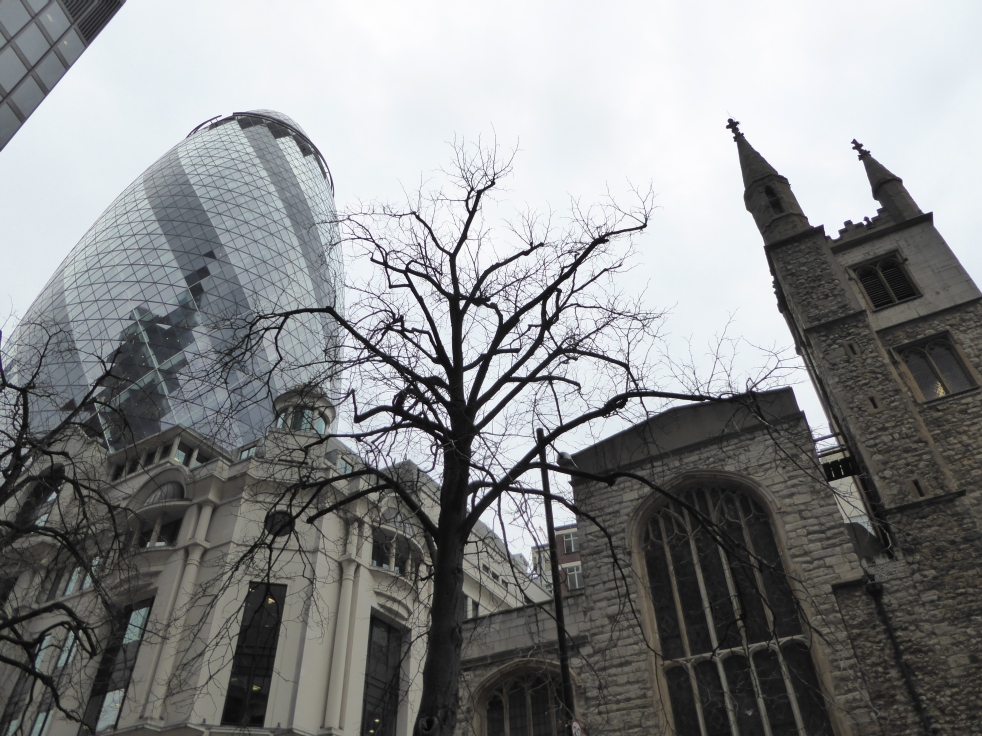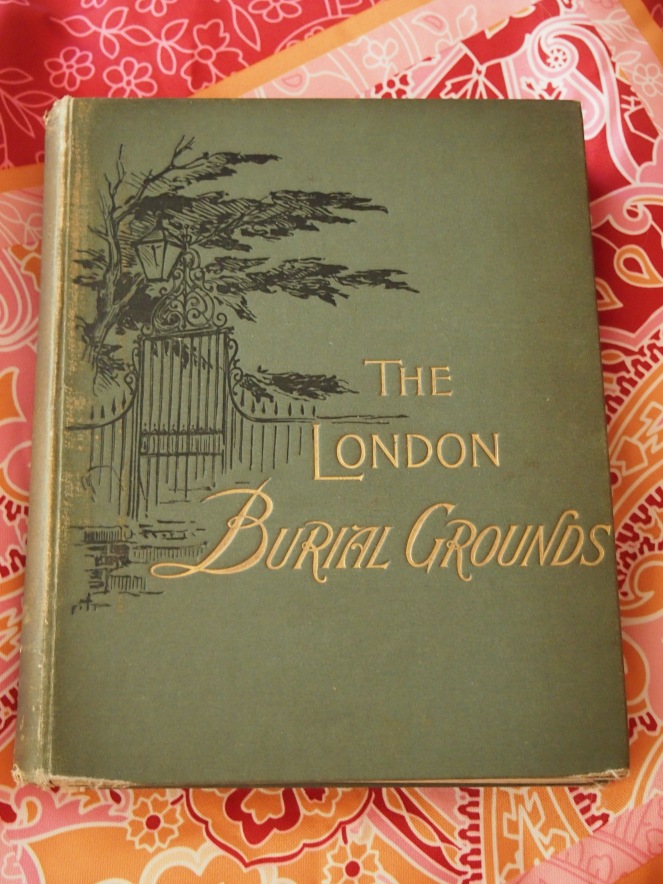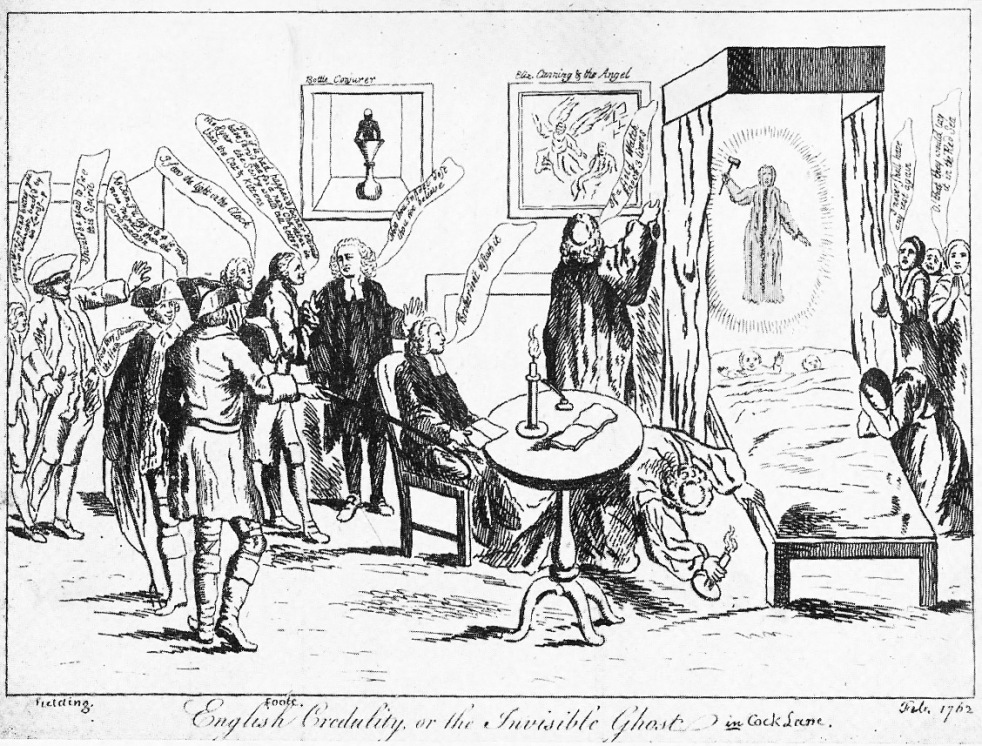In November 2017 one of London’s most famous Roman sites reopened to the public after spending several years hidden away in storage. The Mithraeum, a subterranean temple dedicated to the god Mithras, has had an eventful afterlife since its celebrated rediscovery in 1954. Moved from its original site to make way for a new office development, it was reconstructed at a new location nearby before the great wheel of redevelopment turned again and offered the chance for the Mithraeum to be reinstated at its original location on the banks of the now-underground river Walbrook. The Mithraeum offers modern Londoners a glimpse into one of the Roman period’s more unusual elements: the secretive cult of Mithras, and the work to restore its ruins to the banks of the Walbrook also gave archaeologists an incredible opportunity to discover more about Roman-era Londinium.
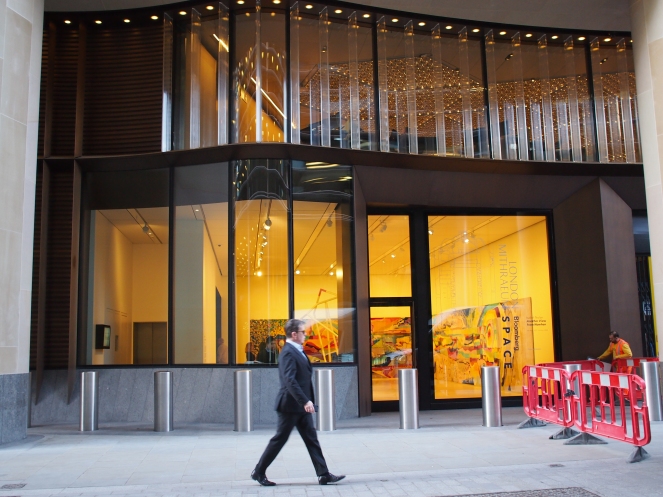
Continue reading “Uncovering the story of Roman London’s mysterious Mithraeum”
